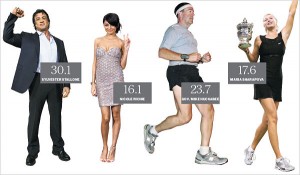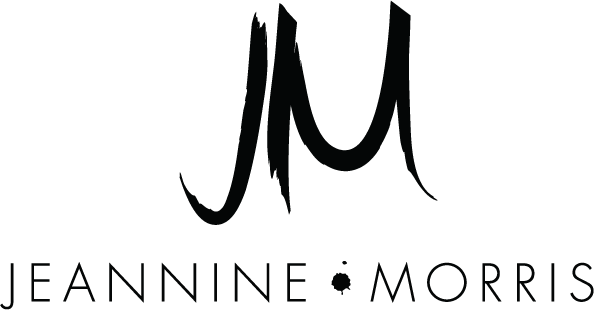 When paying attention to your health and fitness everyone has their own formula for what works for them. For me, I stay away from numbers. I don't pay attention to the scale or count calories. For me, feeling fit, working out, eating healthy and liking how my clothes fit me works. In case you're into BMI, check this out...
The number calculated from your weight and height to create your body mass index, or BMI, is used by doctors to determine if you’re at a healthy weight. However, even though the number is accurate, exactly what it measures is up for debate.
When paying attention to your health and fitness everyone has their own formula for what works for them. For me, I stay away from numbers. I don't pay attention to the scale or count calories. For me, feeling fit, working out, eating healthy and liking how my clothes fit me works. In case you're into BMI, check this out...
The number calculated from your weight and height to create your body mass index, or BMI, is used by doctors to determine if you’re at a healthy weight. However, even though the number is accurate, exactly what it measures is up for debate.
The problem with using BMI as a measuring tool to see if you’re overweight, normal or underweight is that it doesn’t distinguish between fatty and lean tissue. Therefore, it’s misleading and can cause doctors to misdiagnose a condition such as an eating disorder or obesity.
“The B.M.I. tables are excellent for identifying obesity and body fat in large populations, but they are far less reliable for determining fatness in individuals,” explained Dr. Carl Lavie, a cardiologist at the Ochsner Heart and Vascular Institute in New Orleans to The New York Times.
To calculate your BMI, simply divide your weight in kilograms by the square of your height in meters. Example: Weight = 68 kg, Height = 165 cm (1.65 m) Calculation:68 ÷ (1.65)2 = 24.98
If you fall below an 18.5 you’re said to be underweight, from 18.5 to 24.9 is normal, 25 to 29.9 is considered overweight and a BMI of 30 and above indicates obesity. When calculating your BMI keep in mind that it isn’t a perfect measurement.

 Last week
Last week


















